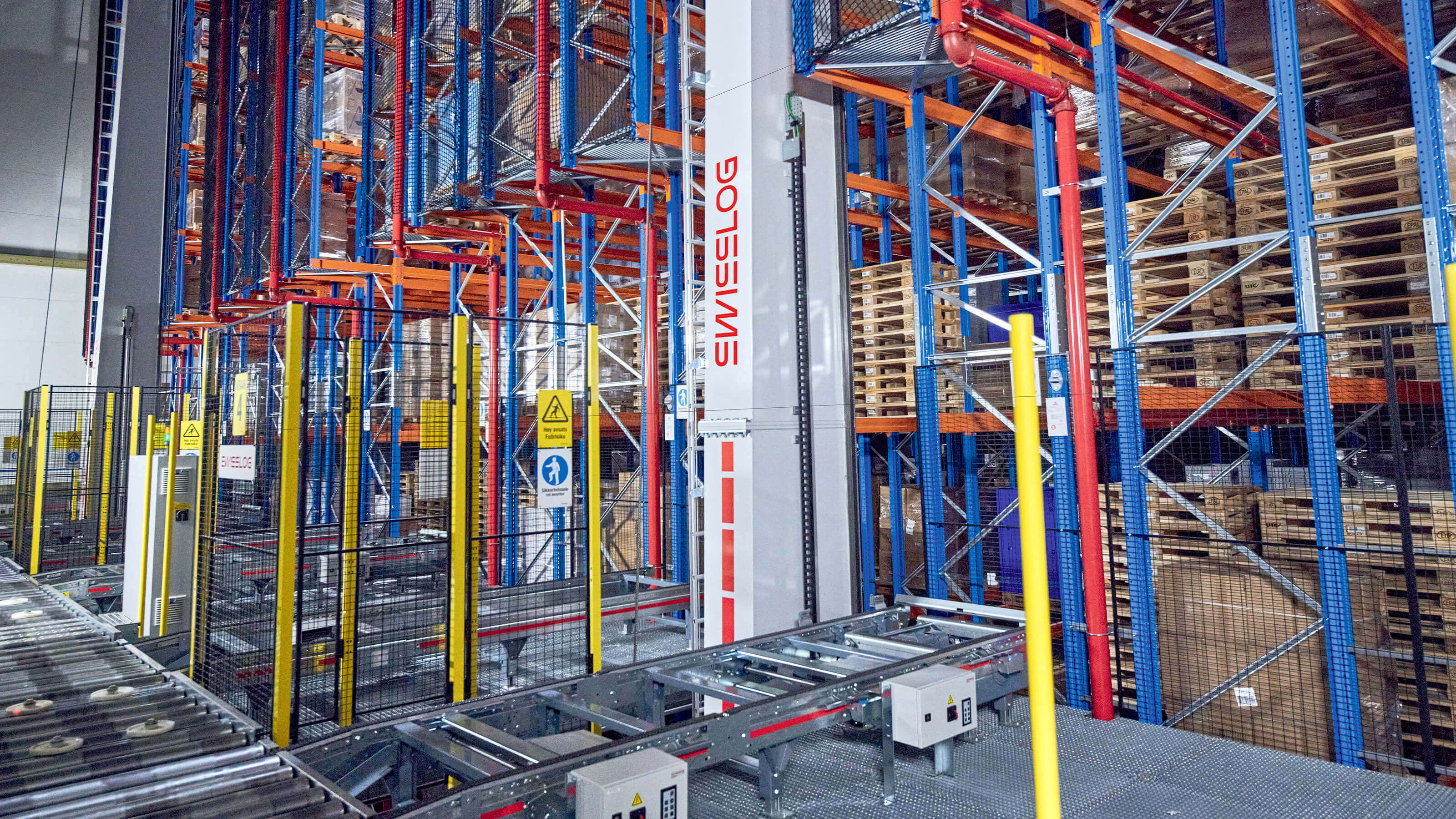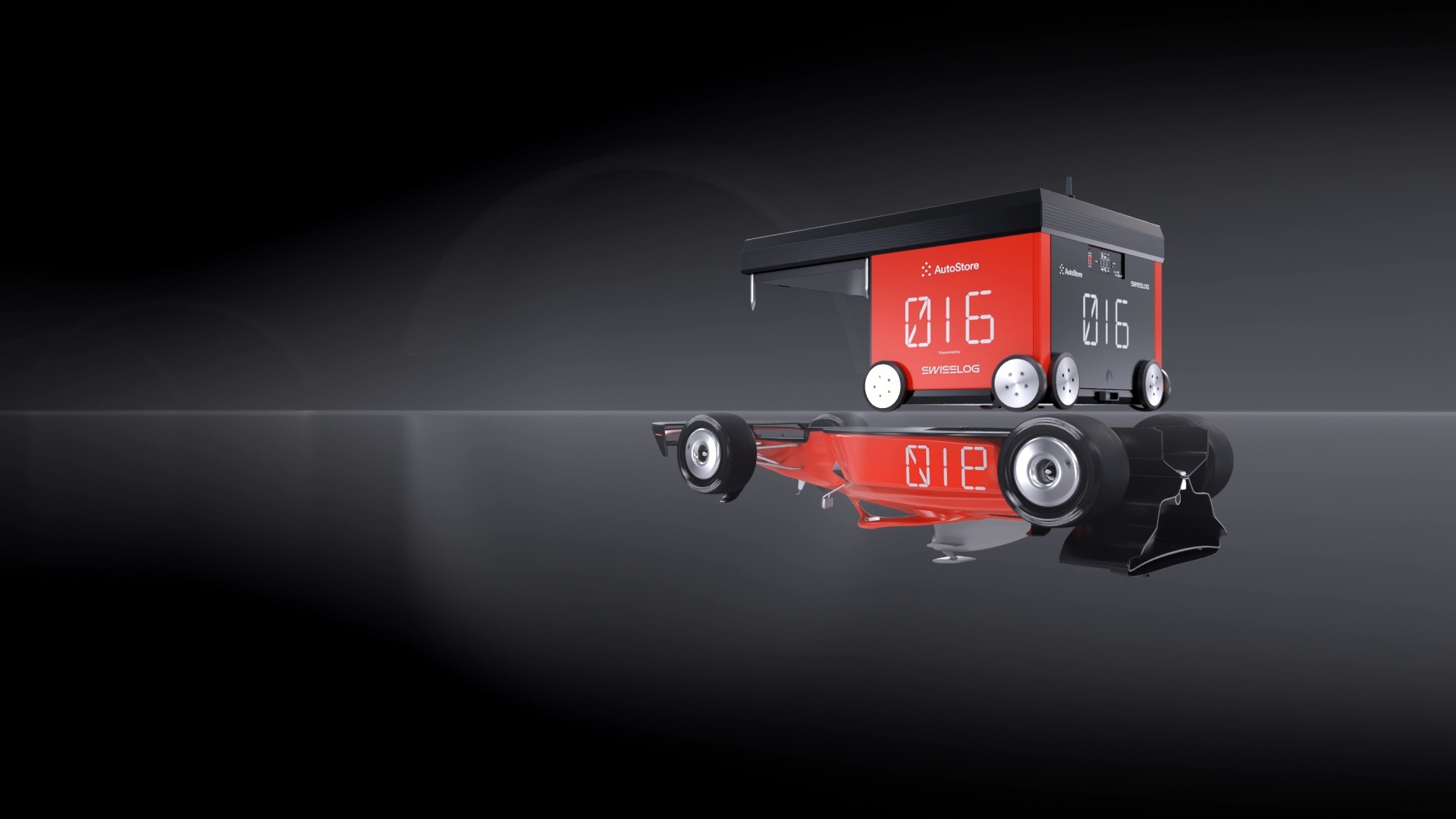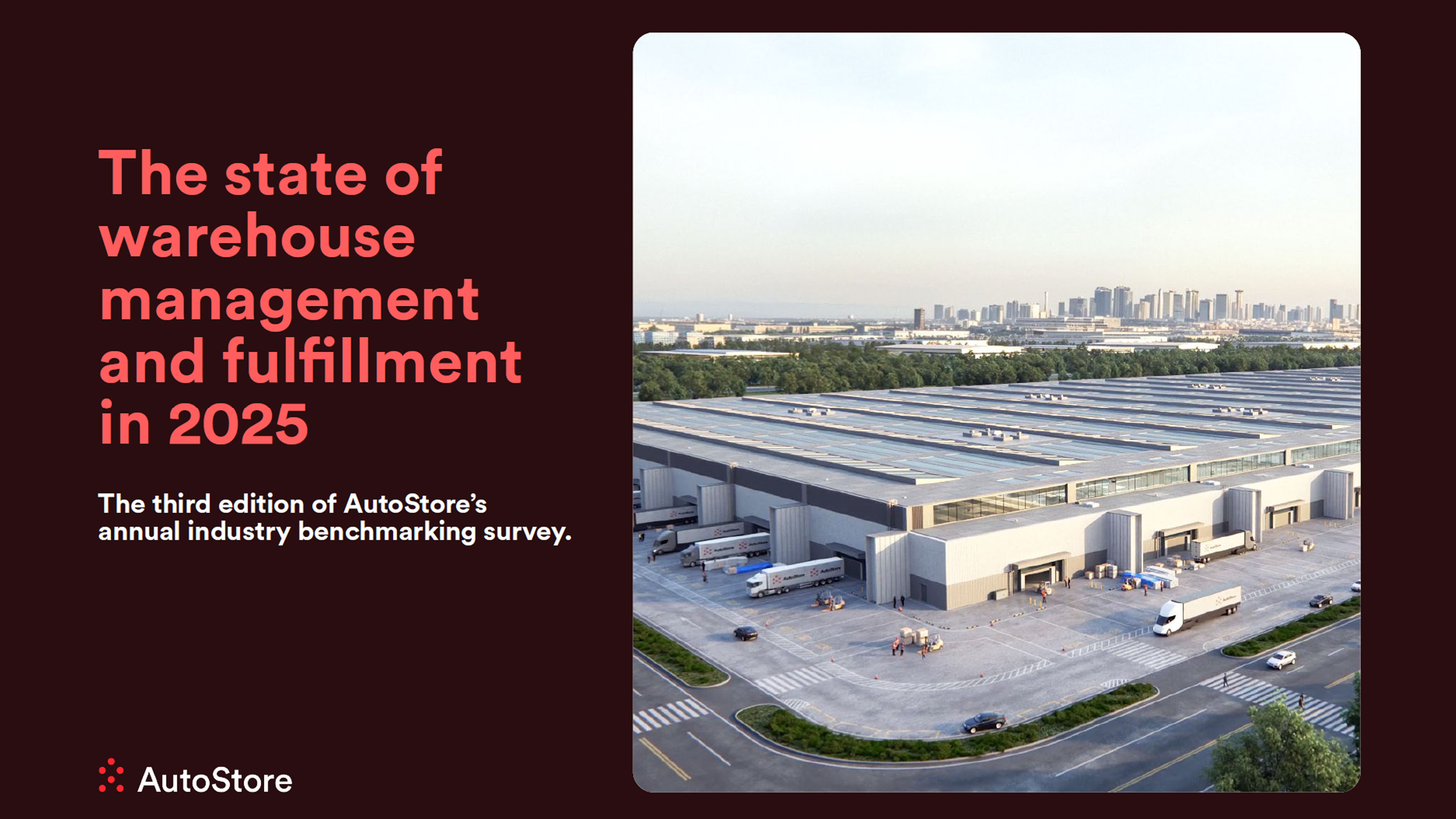Automatisierte Palettenlager in Tiefkühlumgebungen: drei Faktoren, die die Gesamtbetriebskosten senken
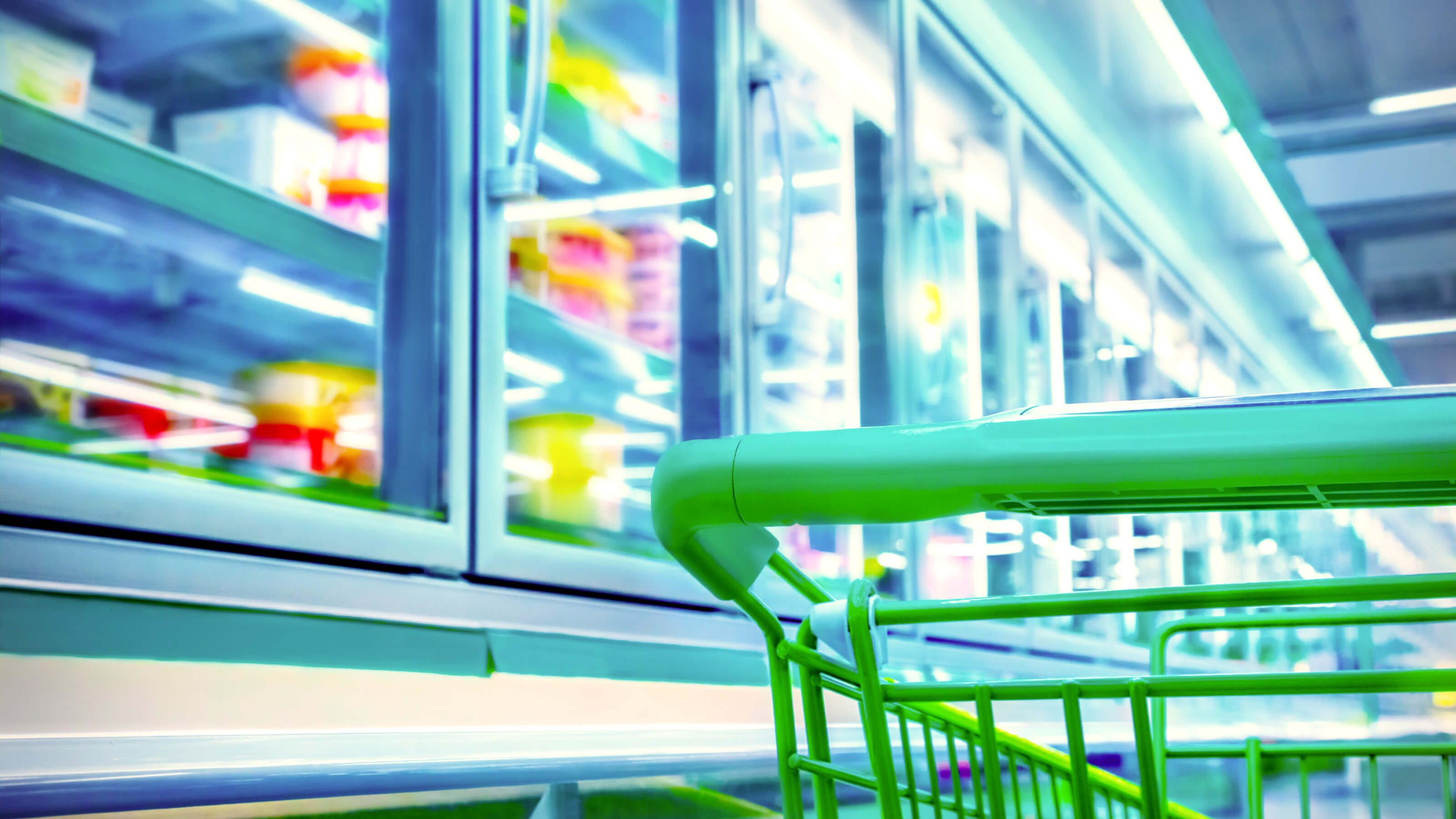
Es gibt mehr Unternehmen denn je, die automatisierte Lagerlösungen für die Kühlkette anbieten, und das kann zu unterschiedlich hohen Anschaffungskosten für Lösungen führen, die sich auf den ersten Blick kaum voneinander unterscheiden. Eine ganzheitliche Betrachtung der Systemkosten und -fähigkeiten kann jedoch versteckte Kosten aufdecken, die sich nicht im Anschaffungspreis spiegeln. Einsparungen bei der Anschaffung können sich schnell verflüchtigen, wenn das System nicht den erwarteten Wert liefert oder im Betrieb teurer ist als andere Systeme. Ähnlich wie bei den in ihren Produktionsanlagen eingesetzten Automatisierungssystemen, sollten Lebensmittel- und Getränkehersteller bei der Auswahl einer Automatisierungslösung für die Palettenein und -auslagerung die Gesamtbetriebskosten und den Lebenszeitwert in den Vordergrund stellen. Im Folgenden finden Sie drei Faktoren, die den langfristigen Wert eines automatisierten Paletten-Tiefkühllagers erhöhen und die Gesamtbetriebskosten senken können.
1. Konzeption der Automatisierungslösung und eingesetztes Equipment
Automatisierte Hochregal-Lagerlösungen für Paletten sollten so konzipiert sein, dass sie die Systemverfügbarkeit und die betriebliche Flexibilität maximieren. Anbieter, die sich die Zeit nehmen, um Ihre Prioritäten und künftige Vorhaben genau zu erfassen, können eine Lösung konfigurieren, die sowohl aktuellen also auch zukünftigen Anforderungen gerecht wird. Die Konfiguration eines automatisierten Hochregallagers für Paletten mit doppelt- oder mehrfachtiefer Lagerung (oder einer Kombination aus beidem) ermöglicht beispielsweise eine Optimierung von Kapazität, Durchsatz und Bestandsmanagement über die gesamte Lebensdauer des Systems hinweg. Die konfigurierte Lösung sollte auch in der Lage sein, extreme Palettengewichte und -größen zu handhaben und künftige Automatisierungspläne zu unterstützen. Die Position und Ausrichtung der Lösung innerhalb des Lagers kann künftige Erweiterungen erleichtern - oder erschweren -, wenn das Lagervolumen zunimmt oder zusätzliche Automatisierungssysteme hinzugefügt werden sollen.

Ein weiterer wichtiger Aspekt ist das Vermeiden ungeplanter Ausfallzeiten des Systems. Für eine hohe Verfügbarkeit über die gesamte Nutzungsdauer einer Lösung hinweg braucht es Equipment, das sich in Kühlkettenanwendungen als zuverlässig erwiesen hat, einfach zu warten ist und auch ordnungsgemäß gewartet wird. In Tiefkühlumgebungen ist eine einfache Wartung besonders wichtig. Achten Sie auf Regalbediengeräte, bei denen sich die Bedienelemente und die wichtigsten Komponenten auf dem Boden und nicht in der Kabine befinden, da dies einen sicheren Zugang ermöglicht, die Wartungsdauer verkürzt und die Zeit minimiert, die Techniker in der Tiefkühlumgebung verbringen müssen.
2. Leistungsvermögen der Automatisierungssoftware
Durch die Automatisierung der Palettenein- und -auslagerung können Hersteller und 3PLs menschliche Fehler, die zu Fehlbeständen und Überbeständen führen, praktisch ausschließen. Außerdem werden Produktschäden durch den Transport mit Gabelstaplern vermieden, die in vielen Lagern zu Verlusten von 10 % oder mehr führen können, und die Sicherheit und Ergonomie im Lager wird verbessert. Der Wert eines automatisierten Bestandsmanagements sollte jedoch über diese Einsparungen hinausgehen.
Mit der richtigen Software lässt sich das Bestands- und Auftragsmanagement noch deutlich verfeinern. Die SynQ-Software von Swisslog zum Beispiel kann Bestände nach Chargen, Verfallsdatum, Mindesthaltbarkeitsdatum und anderen Faktoren verwalten. SynQ ermöglicht auch das Auseinanderhalten von Beständen in Umgebungen mit mehreren Kunden, wobei die Bestände jedes Kunden nach dessen Geschäftsregeln verwaltet werden. Dadurch werden separate Lagerbereiche überflüssig, die Systemauslastung wird erhöht und kundenübergreifende Materialflüsse werden ermöglicht.
SynQ ist außerdem in der Lage, die verbleibende Haltbarkeit eines Produktes bei der Auslieferung für jede Bestellung berechnen, so dass die Produkte für eine bestimmte Bestellung auf der Grundlage der erwarteten Lieferzeiten und der Kundenpriorität kommissioniert werden können. Die Geschwindigkeit und Vorhersagbarkeit der Auftragsabwicklung wird auch durch Funktionen verbessert, die die Kommissionierung und das Routing anhand von Auftragspriorität, Bestandsverfügbarkeit und Ressourcenkapazität optimieren. Ergänzt werden diese Funktionen durch ein sequenziertes Ladungsmanagement und eine automatische Bereitstellung von Sendungen für den ausgehenden Versand, die eine effiziente Beladung der LKW per Touch-Screen („single touch“) ermöglichen. Im Falle eines Produktrückrufs kann SynQ betroffene Produkte - auch solche, die bereits ausgeliefert wurden - anhand von Chargen, Mindesthaltbarkeitsdatum oder anderen Informationen schnell lokalisieren und die noch gelagerten betroffenen Produkte sperren, während die Problematik gelöst wird.
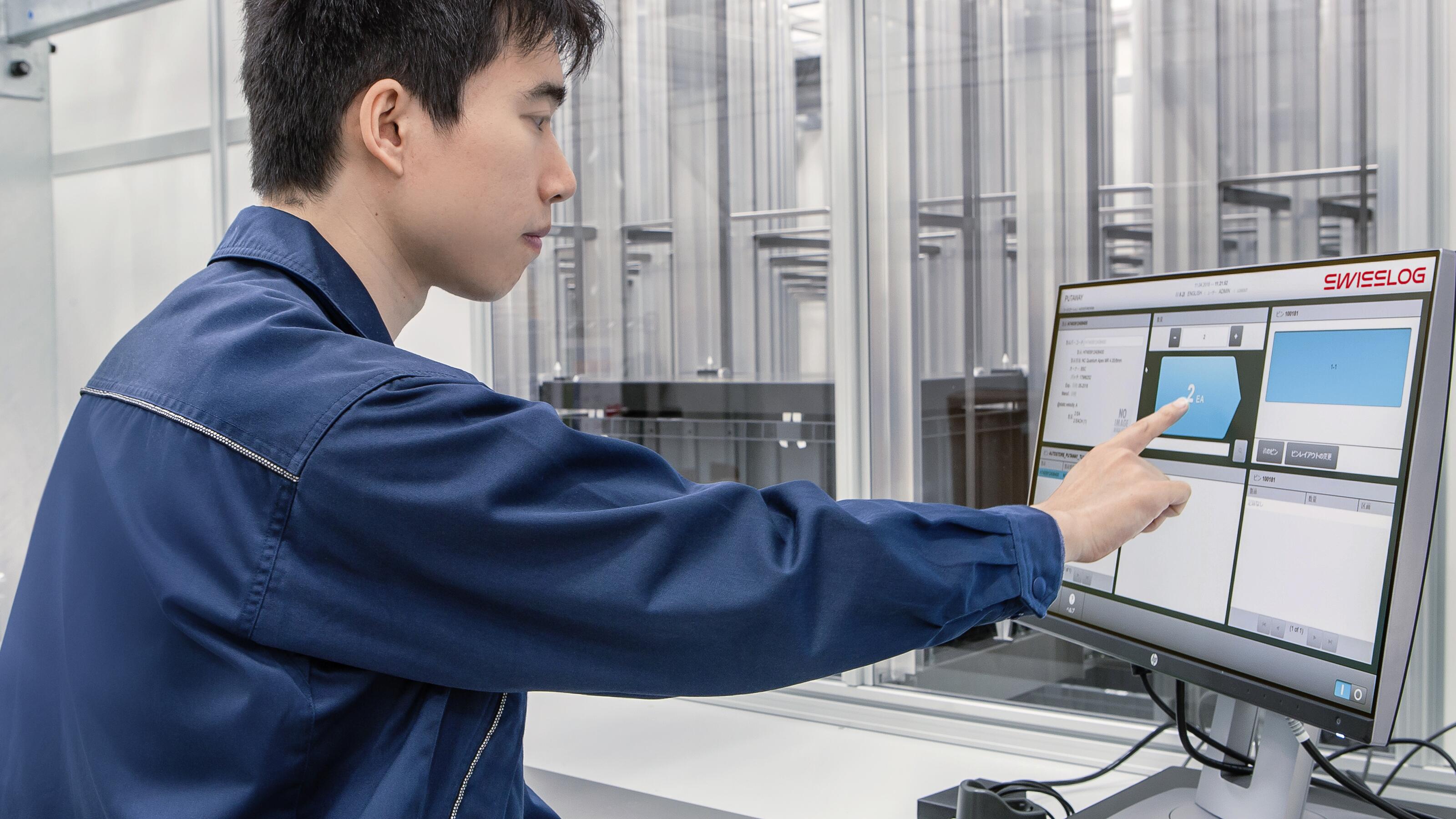
3. Installation und Lifecycle-Service
Der Lebenszeitwert einer Lösung beginnt mit ihrer Installation. Stellen Sie daher sicher, dass der von Ihnen gewählte Anbieter klar definierte und exakt ausgeführte Prozesse für Implementierung, Testbetrieb und Inbetriebnahme hat und nachweislich in der Lage ist, Lösungen pünktlich und innerhalb des Budgets zu liefern. Verzögert sich die Inbetriebnahme einer Lösung aufgrund von Problemen bei der Softwareintegration oder Installation, kann das die Gesamtkosten der Lösung aufgrund von nicht eingehaltenen Lieferverpflichtungen oder Unterbrechungen der Lieferkette in die Höhe treiben.
Wartung und Support einer automatisierten Lagerlösung haben großen Einfluss auf die Verfügbarkeit und Lebensdauer der Lösung. Legen Sie nach Möglichkeit im Vorfeld fest, ob die Wartung intern durchgeführt oder ausgelagert werden soll, da diese Entscheidung buchhalterische und steuerliche Auswirkungen hat. In jedem Fall können Gerätehersteller, die über eine solide Service-Struktur verfügen und mit ihren Kunden zusammenarbeiten, um Servicestrategien zu entwickeln, bei denen interne Ressourcen genutzt und wo nötig hochwertige Dienstleistungen von lokalen Spezialisten zur Verfügung gestellt werden, sicherstellen, dass potenzielle Probleme schnell behoben werden können.
Unabhängig davon, ob Sie planen, das System selbst zu warten oder sich auf den Service des Herstellers zu verlassen, sollten Sie eine zwei- bis dreijährige Phase einplanen, in denen ein Resident-Service durch den OEM angeboten wird, um einen reibungslosen Übergang zum Einsatz und der Wartung des automatischen Palettenhandlings zu gewährleisten. Achten Sie auch insbesondere darauf, welchen Support ein Lösungsanbieter bei Fragen zu seiner Software bietet. Software-Probleme können in der Regel schnell und aus der Distanz gelöst werden, wenn der Lösungsanbieter über eine stabile Plattform verfügt und in Schulungen und Ressourcen investiert hat, um einen schnellen und effizienten Helpdesk-Support rund um die Uhr bereitstellen zu können.
Eine sichere Investition
Die Automatisierung der Abläufe in temperaturgeführten Lagern durch eine automatisierte Palettenein- und auslagerung bietet Lebensmittel- und Getränkeherstellern und 3PLs eine wesentliche Möglichkeit, ihre Personalabhängigkeit und Betriebskosten zu reduzieren, die Lagerhaltung und Sicherheit zu verbessern und den Kundenservice zu erhöhen. Aber nicht jede Lösung bietet den gleichen Wert, und unzuverlässige Systeme sind im Betrieb viel teurer als solche, die einen hohen Grad an Zuverlässigkeit bieten.
Die Automatisierungs-Lösungen von Swisslog haben sich in temperaturgeführten Lagern als zuverlässig erwiesen und bieten dank der verlässlichen und umfangreichen Funktionalität unserer SynQ-Softwareplattform mit ihrem Single-Point-of-Control einen deutlichen Mehrwert für Ihren Betrieb. Hinter den Lösungen steht ein Unternehmen, auf das Sie sich verlassen können, und das Ihnen alle Komponenten (von der Automatisierung, über die Software, die Wartung und den Support) aus einer Hand über die gesamte Lebensdauer Ihrer Lösung bietet.
Für mehr Informationen wenden Sie sich gerne an einen unserer Automatisierungs-Experten.







